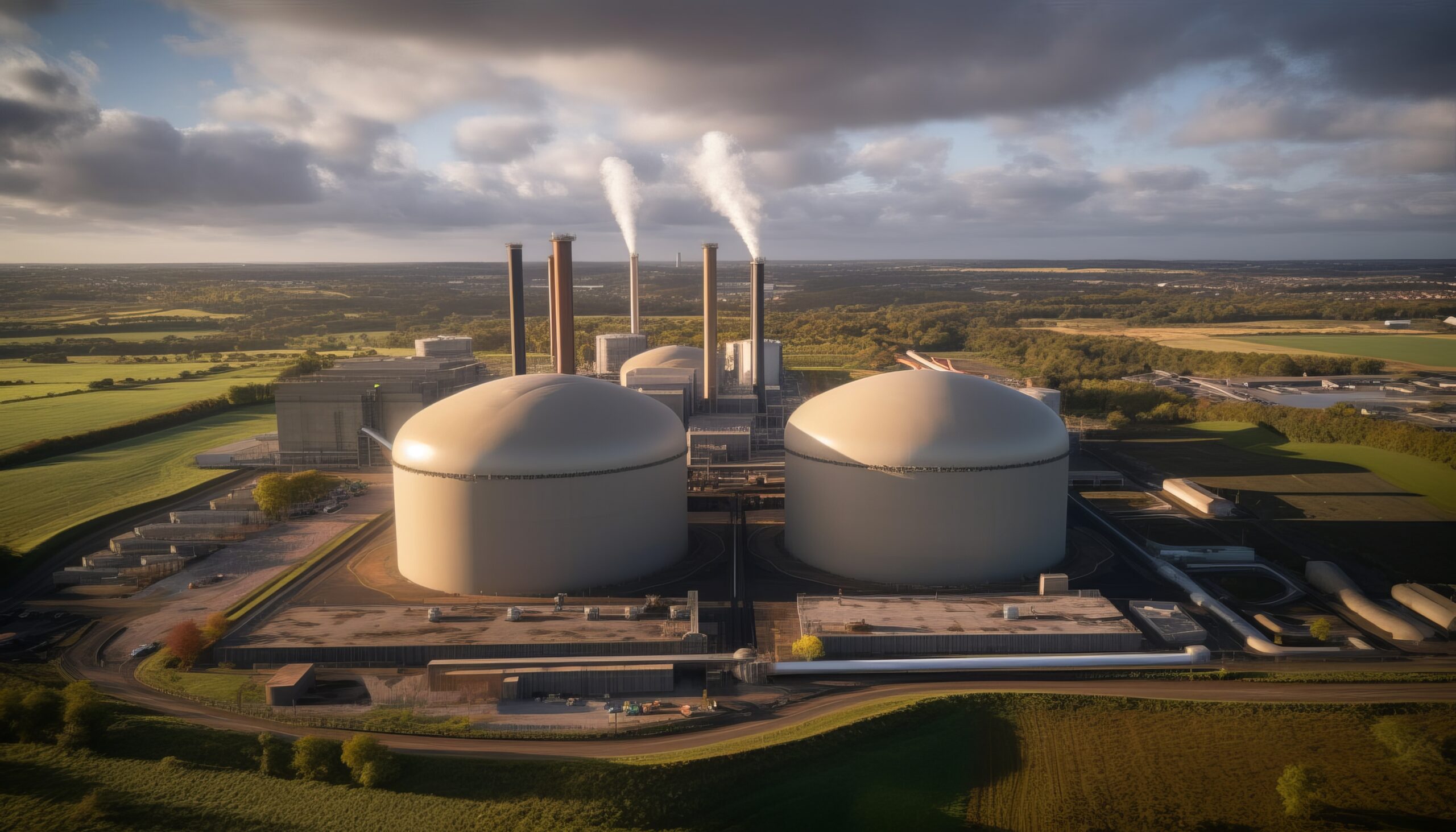As the world grapples with the urgent need to mitigate climate change, Carbon Capture, Utilisation, and Storage (CCUS) has emerged as a promising technology to help reduce greenhouse gas emissions. CCUS involves capturing carbon dioxide (CO2) emissions from industrial processes and power plants, then utilising or storing the captured CO2 to prevent it from being released into the atmosphere. In this article, we delve into CCUS and highlight four key statistics that demonstrate its potential to combat climate change effectively.
4,500+ Megatons of CO2: Global CCUS Potential
According to the International Energy Agency (IEA), CCUS has the potential to capture and store over 4,500 megatons of CO2 emissions annually by 2050. This massive capacity has the potential to significantly reduce the amount of CO2 released into the atmosphere, helping to limit global temperature rise and combat climate change.
Source: https://www.iea.org/fuels-and-technologies/carbon-capture-utilisation-and-storage
35 Commercial CCUS Facilities: Current Deployment Status
There are 35 commercial CCUS facilities in operation globally. These facilities are located in various countries, including the United States, Canada, Norway, and the United Kingdom. They capture and store or utilise CO2 emissions from industrial processes and power generation, demonstrating the feasibility of CCUS technologies at a commercial scale.
Source: https://www.iea.org/reports/carbon-capture-utilisation-and-storage-2
279 Million Tonnes of CO2: Utilisation Potential
CCUS technologies not only allow for the storage of CO2 emissions but also offer opportunities for their beneficial utilisation. The global capacity for carbon capture in 2030 is set to increase sixfold from today’s level, to 279 million tons of CO2 captured per year. Utilisation methods include enhanced oil recovery (EOR), where CO2 is injected into oil reservoirs to extract more oil, and the production of low-carbon fuels and materials.
Source: https://www.plantengineering.com/articles/global-carbon-capture-capacity-due-to-rise-sixfold-by-2030/#:~:text=The%20global%20capacity%20for%20carbon,CCUS%5B1%5D%20Market%20Outlook.
Market set to be worth $12.5 billion by 2031
The growing recognition of CCUS as a crucial climate mitigation technology has led to significant investments. These investments will fund the development and deployment of CCUS infrastructure, research and development, and supportive policies, enabling the widespread implementation of CCUS technologies worldwide.
Source: https://bisresearch.com/industry-report/carbon-capture-utilization-storage-market.html
Conclusion: Harnessing CCUS for a Sustainable Future
Carbon Capture, Utilisation, and Storage (CCUS) holds immense potential in our fight against climate change. The four key statistics presented above highlight the significant capacity of CCUS to capture and store or utilise CO2 emissions, providing a crucial pathway to decarbonize industries and power generation. As global investments in CCUS continue to grow, we can anticipate the development of innovative technologies, increased deployment of commercial-scale facilities, and the expansion of utilisation methods.
To maximise the impact of CCUS, collaboration among governments, industries, and research institutions is essential. Continued investments in research and development, policy support, and regulatory frameworks will foster the scaling up of CCUS technologies and drive down costs. By embracing CCUS as a crucial tool in our climate mitigation toolkit, we can significantly reduce CO2 emissions, accelerate the transition to a low-carbon future, and create a sustainable and resilient planet for future generations.











